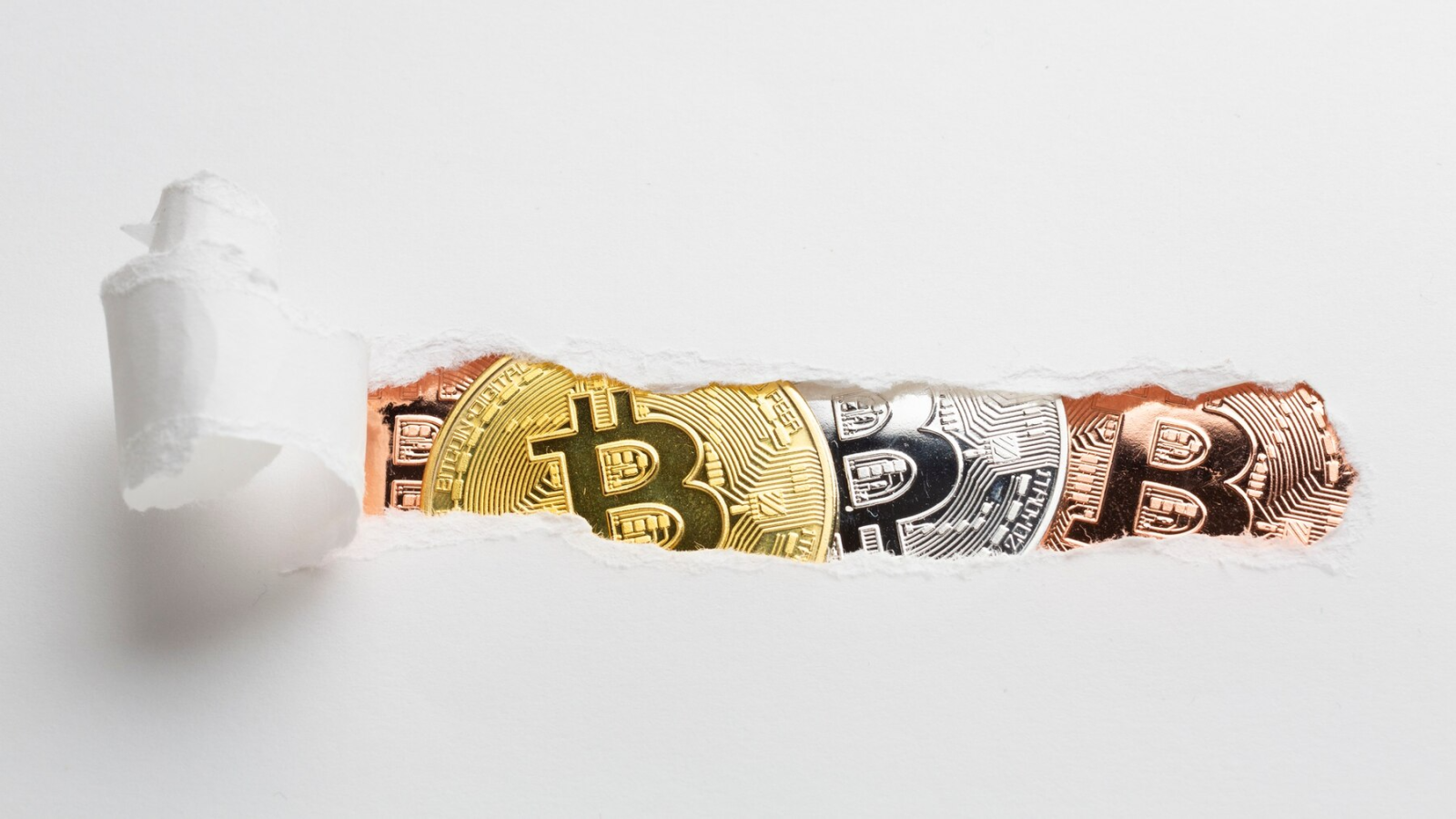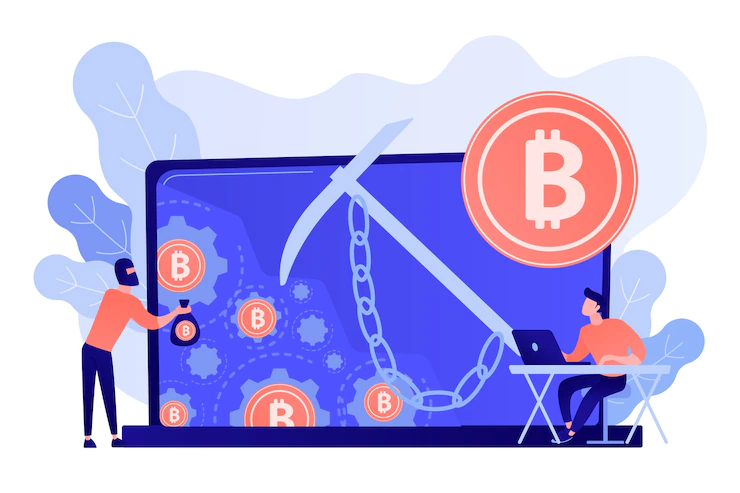One of the most important events in the cryptocurrency field is the halving of Bitcoin, which happens about every four years and lowers the reward that miners get for verifying transactions on the network. A Bitcoin halving event, as the name implies, reduces the rewards for miners that create new blocks of transactions to the Bitcoin ledger by half. The procedure to manage supply and maintain its limited supply and scarcity is hard-coded into the Bitcoin protocol.
Because of its immediate effect on Bitcoin, its market supply, and, therefore, the price dynamics in the larger cryptocurrency market, the Bitcoin halving is important for traders. This article examines trading techniques for Bitcoin during the halving, as well as the mechanics of the cryptocurrency market, price movements, trading opportunities, and signals. It also looks at investor behavior generally during these periods.
What is the Bitcoin Halving?
A decentralized network of computers known as nodes powers the Bitcoin system. The process of adding transaction records to Bitcoin’s public, decentralized ledger through valid block creation is known as mining. The people or organizations known as miners are essential to the security and validation of transactions on the Bitcoin blockchain. Miners get compensated with freshly produced Bitcoin in exchange for their work.
Bitcoin mining verifies and secures network transactions by using hardware to solve challenging mathematical puzzles. The first miner to solve each challenge using processing power wins the right to add a new block of transactions to the blockchain.
The payment that miners receive for resolving challenging mathematical puzzles and confirming transactions on the Bitcoin blockchain is known as the “Bitcoin halving.” It is a process that the inventor of Bitcoin, Satoshi Nakamoto, included into the protocol, and it happens about every 4 years (or every 210,000 blocks).
Miner rewards for successfully appending a new block to the blockchain are halved during this event. Halvings limit the amount of fresh Bitcoin that enters the market, which benefits the larger cryptocurrency market.
When Bitcoin was first introduced, miners were rewarded with 50 Bitcoin for every block they added to the blockchain. The reward dropped to 25 Bitcoin after the first halving, and then to 12.5 and 6.25 BTC at the second and third halvings in 2016 and 2020, respectively. It will fall to 3.125 BTC in April 2024, and the process will keep on until all 21 million Bitcoin have been mined.
The issue of new Bitcoin is controlled by lowering mining rewards, which resembles the scarcity features of precious commodities like gold. Because there is a limit of 21 million Bitcoins available, mining additional bitcoins becomes more difficult and resource-intensive, slowing down the rate of issuance and possibly increasing the value of each bitcoin.
The Bitcoin Halving in 2024
Since the Bitcoin algorithm controls when halving events occur based on the production of blocks, the exact date of the next halving is unknown, but experts have suggested that it will likely occur around April 2024, which is in line with the previous four-year cycle.
It is anticipated that the last halving would take place in 2140, when there will be 21 million Bitcoins in circulation, the maximum amount. No further Bitcoin will be mined at this time.
To prevent major network interruptions, the Bitcoin halving is intended to be reasonably predictable. Nevertheless, there is sometimes more volatility in the price of Bitcoin before and after a halving.
What effect did the Bitcoin halving historically have on the patterns in BTC prices?
The price trends derived from both basic research and historical data indicate that Bitcoin halvings typically have a positive effect on the price of Bitcoin. In the cryptocurrency markets, the halving events usually create a bullish trend and optimism that leads to good price changes.
There are a number of reasons for the upward momentum, but the economic demand-supply dynamics are the main one. Because there is less Bitcoin being issued, it is more scarce, which increases demand and raises the price of the cryptocurrency.
Additionally, the halving event raises awareness of the cryptocurrency space, which alters investor behavior, draws in new investors, and fosters FOMO (fear of missing out). It also brings with it price predictions from well-known commentators on social media and traditional media, as well as increased community engagement, all of which frequently lead to an increase in trading activity.
Conversations and instructional initiatives about the fundamentals of Bitcoin, blockchain technology, and cryptocurrency economics are often started during the time leading up to a halving.
Investors should conduct their own study to comprehend the price movements during each halved, even though past records suggest a correlation between halving events and price increases.
With every Bitcoin halving, price analysis has revealed consistent trends. Bitcoin’s value peaked at $665 in 2016 and then dropped to half a year later, reaching $2,250.
In May of 2020, the price of Bitcoin was $8,740, which marked the halving. In the same year, Bitcoin reached a record high of $29,000. Because every prior cycle of the Bitcoin halving has been followed by a bullish market trend, predictions indicate that the 2024 cycle will be no different.
Trading opportunities and market volatility during the Bitcoin halving
There is generally more market volatility in the run-up to and during a Bitcoin halving event. For traders, this historical volatility presents both possibilities and challenges. Even while there are risks associated with uncertainty, there are opportunities for strategic trading, particularly for traders who are skilled at handling market swings.
Before and after the halving, traders can follow the prevailing trend and enter the market long in a bullish trend or short in a bearish one. When the price breaks out of important barrier or support levels, traders can use these levels to execute trades.
Breakouts can be used to indicate the continuation of an established trend or possible trend reversals. Resistance levels are where the price of Bitcoin tends to stop rising, while support levels are where it might stop falling.
By waiting for the price to break firmly above or below a resistance level, traders can use technical analysis tools like trendlines, moving averages, or horizontal support and resistance lines to identify these levels. When the price closes above or below the designated level, indicating a possible change in market sentiment, the breakout is considered confirmed.
For instance, prior to the halving in 2016, the price of Bitcoin was trading at roughly $665. A bullish breakout might be indicated if the price breaks convincingly over $700, which would indicate that traders who were watching a resistance level at that level have switched to a breakout strategy.
Traders can take a long position (buy) if the breakout is bullish or a short position (sell) if it is bearish when it is verified. Usually, take-profit and stop-loss orders are established to control risk and guarantee earnings.
As the market changes, traders should keep an eye on the deal and modify their approach as necessary. The goal of breakout trading is to profit from the momentum created when the price breaks through a key level.
False breakouts can happen, and breakout trading is risky. To avoid falling for a false breakthrough, traders should be cautious and thoroughly investigate any breakouts.
Traders can also investigate price differences among different cryptocurrency exchanges. Due to the volatility of bitcoin, there may be brief price imbalances. By purchasing on one exchange and selling on another, traders can profit from these arbitrage opportunities.
Risk evaluation during the halving of Bitcoin
Even though most people see the halving of Bitcoin as a good thing, there are hazards involved, especially in the short run. There is a chance for increased volatility during the time leading up to the halves since it frequently sparks speculative market activity.
In addition, if market expectations diverge from actual results, it is imperative to acknowledge the potential for a bad trend or brief price corrections. Traders also need to make sure that their cryptocurrency assets are kept safe. For increased security, think about utilizing a hardware wallet or a secure software wallet and turning on two-factor authentication.
The total risk picture surrounding the Bitcoin halving can be influenced by market sentiment, regulatory changes, and global economic variables. This highlights the significance of adopting an informed and flexible approach to investing strategies.











Leave a Reply